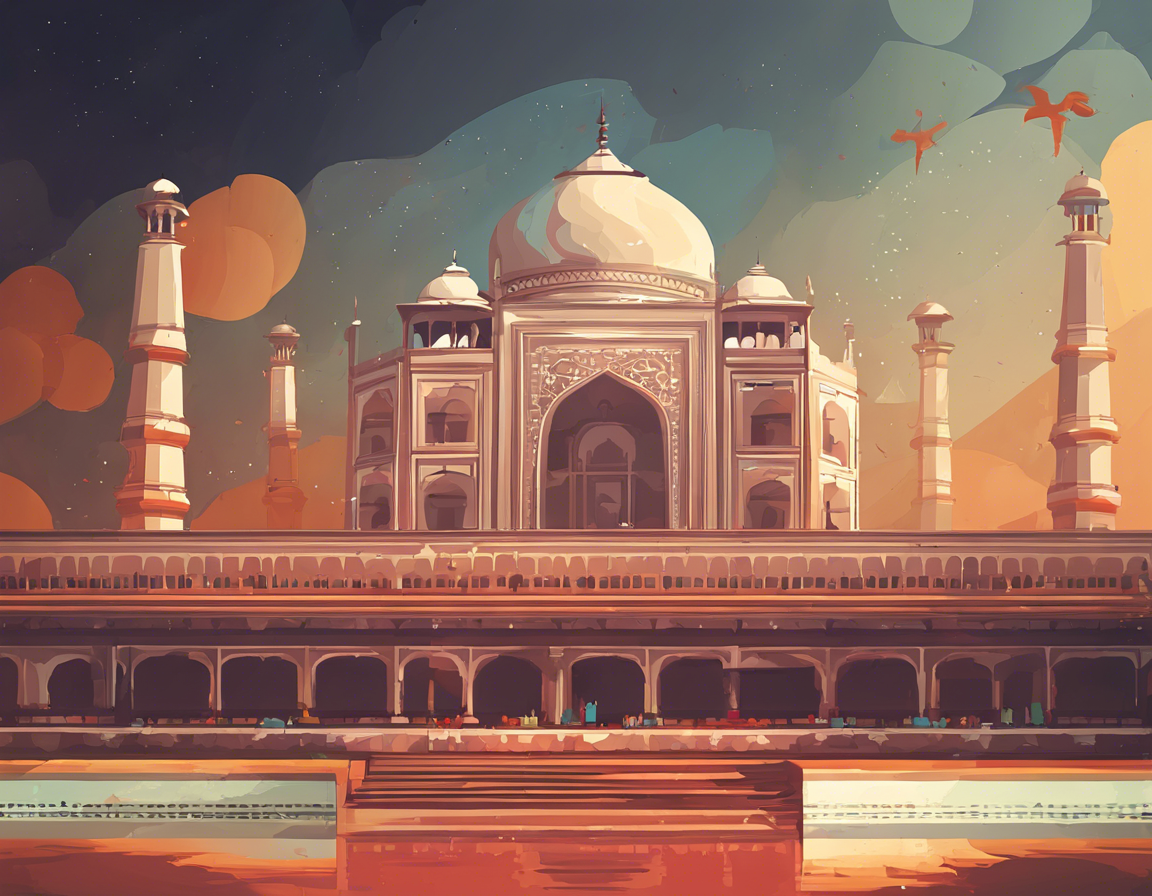Introduction
In the realm of celestial events, solar eclipses stand out as some of the most captivating phenomena to behold. The alignment of the Sun, Moon, and Earth in rare synchronicity results in these awe-inspiring occurrences that have mesmerized mankind for centuries. Among the types of solar eclipses, a surya grahan, as it is known in India, holds particular cultural and spiritual significance in the country.
Understanding Solar Eclipses
First and foremost, let us delve into the mechanics of a solar eclipse. A solar eclipse transpires when the Moon passes between the Earth and the Sun, obscuring the Sun either partially or completely. This celestial alignment causes the Moon’s shadow to fall upon the Earth’s surface, casting a temporary veil over the Sun’s luminosity.
Types of Solar Eclipses
There are three primary types of solar eclipses: total, partial, and annular. During a total solar eclipse, the Moon entirely covers the Sun, resulting in a momentary blackout termed as totality. In a partial solar eclipse, the Moon covers only a fraction of the Sun, creating a crescent-shaped impression. An annular solar eclipse occurs when the Moon is at its farthest point from Earth, appearing smaller and failing to completely obscure the Sun, leaving a ring of sunlight visible around the Moon’s silhouette.
Significance of Surya Grahan in India
For centuries, surya grahan has held deep-rooted significance in Indian culture, mythology, and spirituality. In Hindu mythology, a solar eclipse is believed to occur when the demon Rahu devours the Sun, only to release it later due to a celestial conflict. This mythological tale has shaped beliefs and rituals surrounding eclipses in India.
Rituals and Beliefs
During a solar eclipse, many traditions and rituals are observed across India. It is commonly believed that the electromagnetic radiation during an eclipse can have adverse effects on living beings. To counteract these perceived negative energies, people often engage in various practices like taking a holy bath, meditating, chanting mantras, and offering prayers to safeguard themselves and their surroundings.
Precautions During Surya Grahan
While many of the precautions taken during a solar eclipse are based on traditional beliefs and customs, there are scientifically proven reasons behind some of them. It is a known fact that staring directly at the Sun, especially during an eclipse, can cause severe eye damage. Hence, it is advisable to use specialized eclipse glasses or indirect viewing methods to witness this celestial event safely.
Future Solar Eclipse in India
Looking ahead, the year 2023 holds a significant event on the astronomical calendar for India – a solar eclipse. A surya grahan is expected to grace the skies, offering enthusiasts and curious observers a chance to witness the rare celestial dance of the Sun and the Moon.
FAQs (Frequently Asked Questions)
Q1: When is the next solar eclipse in India?
A1: The next solar eclipse visible in India is expected to occur in 2023.
Q2: What are the different types of solar eclipses?
A2: Solar eclipses can be total, partial, or annular, depending on the alignment of the Sun, Moon, and Earth.
Q3: How can one safely view a solar eclipse?
A3: It is unsafe to look directly at the Sun during an eclipse. To view it safely, one should utilize specialized eclipse glasses or indirect viewing methods.
Q4: What are the cultural beliefs surrounding solar eclipses in India?
A4: In India, solar eclipses are often accompanied by various rituals and beliefs rooted in Hindu mythology, aiming to counteract negative energies associated with the event.
Q5: What is the significance of surya grahan in Indian spirituality?
A5: Surya grahan holds cultural, spiritual, and mythological significance in India, with rituals and practices aimed at safeguarding oneself during the eclipse.
Q6: Why is it important to understand the science behind solar eclipses?
A6: Understanding the scientific phenomena behind solar eclipses not only enhances our knowledge of the cosmos but also helps us appreciate the beauty and rarity of such celestial events.
Q7: Can solar eclipses have any harmful effects on living beings?
A7: While there are traditional beliefs about the negative effects of solar eclipses, it is crucial to take scientifically validated precautions to avoid potential harm, such as protecting one’s eyes from direct sunlight.
Q8: How long does a typical solar eclipse last?
A8: The duration of a solar eclipse can vary, with total eclipses lasting a few minutes to a maximum of about seven minutes at a specific location.
Q9: What is the best way to experience a solar eclipse safely and enjoyably?
A9: To witness a solar eclipse safely and enjoyably, it is recommended to plan ahead, locate the optimal viewing spot, use appropriate protective eyewear, and immerse yourself in the celestial spectacle.
Q10: How do solar eclipses contribute to our understanding of the universe?
A10: Solar eclipses offer a unique opportunity to witness the celestial mechanics at play, providing insights into the movements of the Sun, Moon, and Earth and enriching our comprehension of the vast universe we inhabit.



